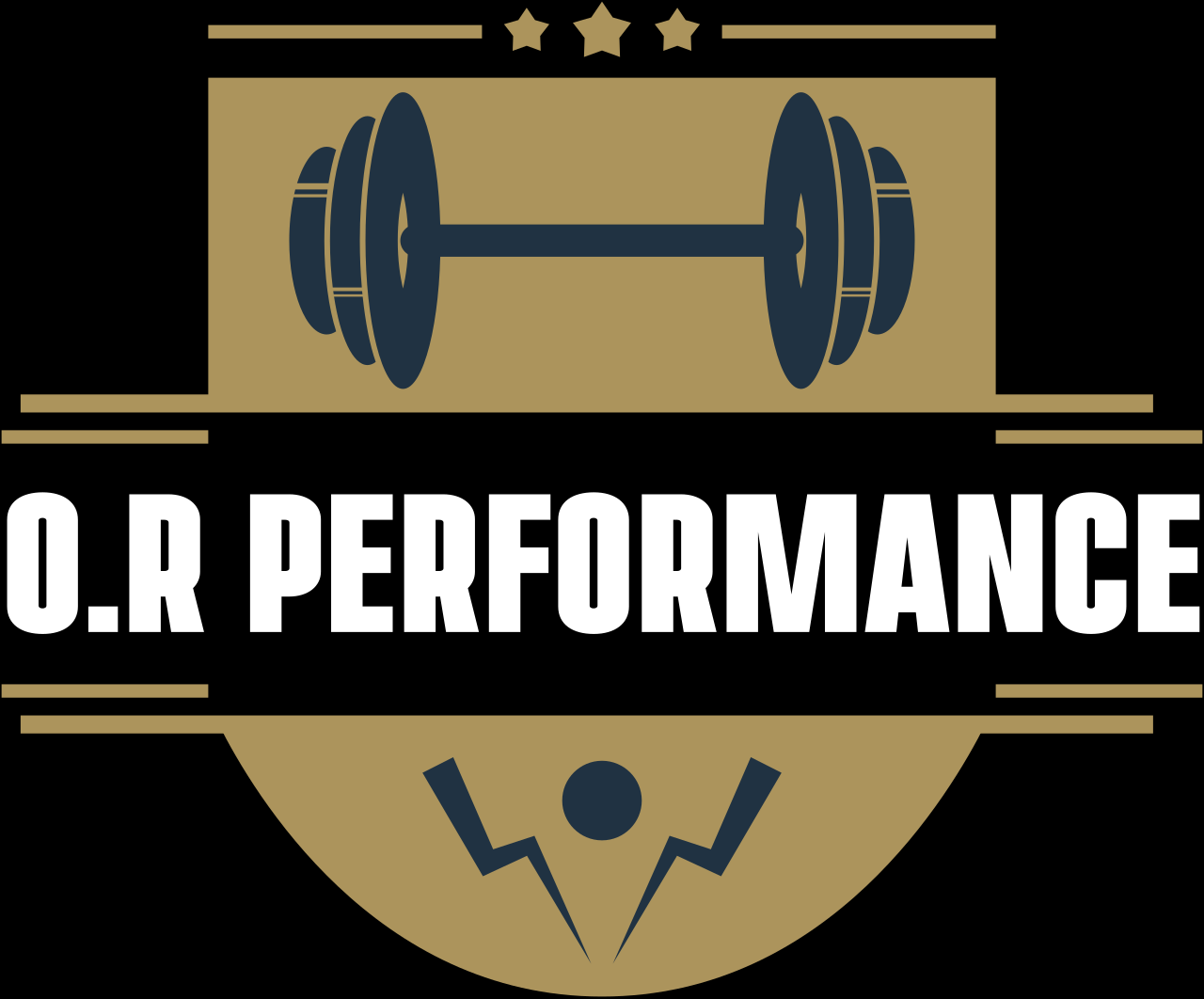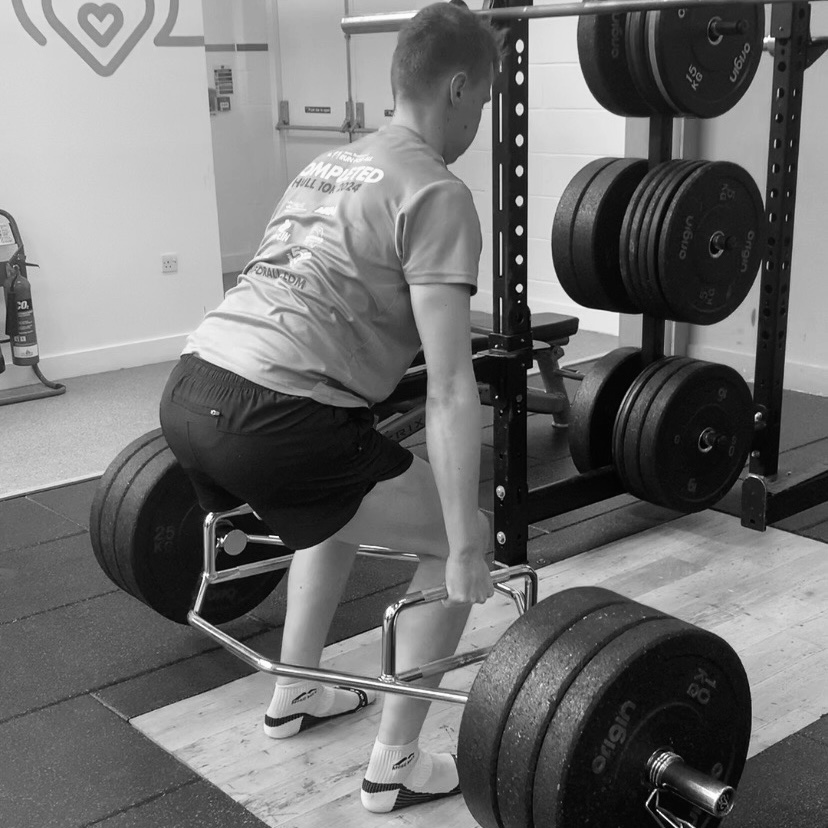Your cart is currently empty!
A lot of us runners got into running because we enjoy running and just want to run because that’s what makes us happy and improves our PB’s. But a growing part of running that is just as necessary to improve is strength training or strength and conditioning (S&C).
The reason behind this is additional benefits to your running can be gained by incorporating weightlifting or plyometrics, for example, into your training. But when it comes to weightlifting a common error that is made is the intensity, or weight, that runners lift. So how heavy should runners be lifting weights?
Why lifting heavy is important
Whenever you do any movement, your nervous system tells your muscles to contract. Because generally this requires very little effort, very few of your muscle fibres within your muscle are told to contract. When you lift something heavy or move really fast, your nervous system tells much much more of your muscle fibres to contract, which results in a better ability of your body to move something heavy or to move faster.
This is what is known as Henneman’s size principle and this impacts which muscles your nervous system selects to contract but more importantly, which muscles you will end up strengthening after an S&C session.
Your type 1 muscle fibres (the ones we mainly use while distance running as they produce our aerobic energy) are activated first by your nervous system. To know for sure that you are going to be strengthening all of your type 1 muscle fibres then you have to lift heavy, or with the intent to move really quickly.


What does lifting heavy look like?
This one is a complicated one for runners understand as most will be used to the slow burn of a run. But to truly lift heavy, you will feel like you’re working hard straight away (at least an 8 or 9/10 for your first rep). The exercise you are doing (whether it be a squat, a deadlift or a lunge for example) will look like you’re moving the weight very slowly but you’re able to maintain good posture despite how heavy the weight is.
A good rule of thumb is to complete 6-8 repetitions of the exercise you choose, but when you have finished those repetitions you should only feel like you can do 1-3 more repetitions (so 7-10 reps in the set as an estimation). If you have ever done a 1 repetition maximum test (the most amount you can lift for 1 repetition) on that exercise then selecting a weight that is 75-85% of that would be a safe bet. Provided your repetition maximum test was in the last month.
If you’re looking to get some expert coaching and testing on your strength training as a runner do check out our services page
Does the exercise chosen make a difference?
Yes and no. Yes in the sense that you should still aim to lift heavy. No in the sense that when the movement changes, the effort level will feel different. For example a banded hip abduction will provide a high effort for your glutes, and leave you wanting to cheat with other muscles, but it will feel manageable. However, a squat will feel a high effort across your whole body. It’s important you tune into your body and feel that you’re working the correct areas.
The most important thing to note would be that as long as you have a target muscle with a certain exercise and there is a high level of effort through that muscle or muscle group then you are likely training effectively. If you’re getting to your 8th rep and not sure whether you’re working what you need to be, you’re definitely not lifting heavy enough and could be leaving some strength gains behind.
Summary
Runners need to strength train and like with a lot of other sports – it needs to be heavy. You can only be sure you’re strengthening all of your type 1 muscle fibres if you’re going heavy, and these muscle fibres are your most relied on when running.
Around 6-8 reps is enough to build muscle strength provided you only leave yourself feeling like you can do 1-3 more in the same set. The sensation of this will vary from exercise to exercise. It’s important you tune into your body to make sure the exercise feels intense enough where it ought to be and that you’re maintaining your technique to get the most benefit from the exercise.


Leave a Reply